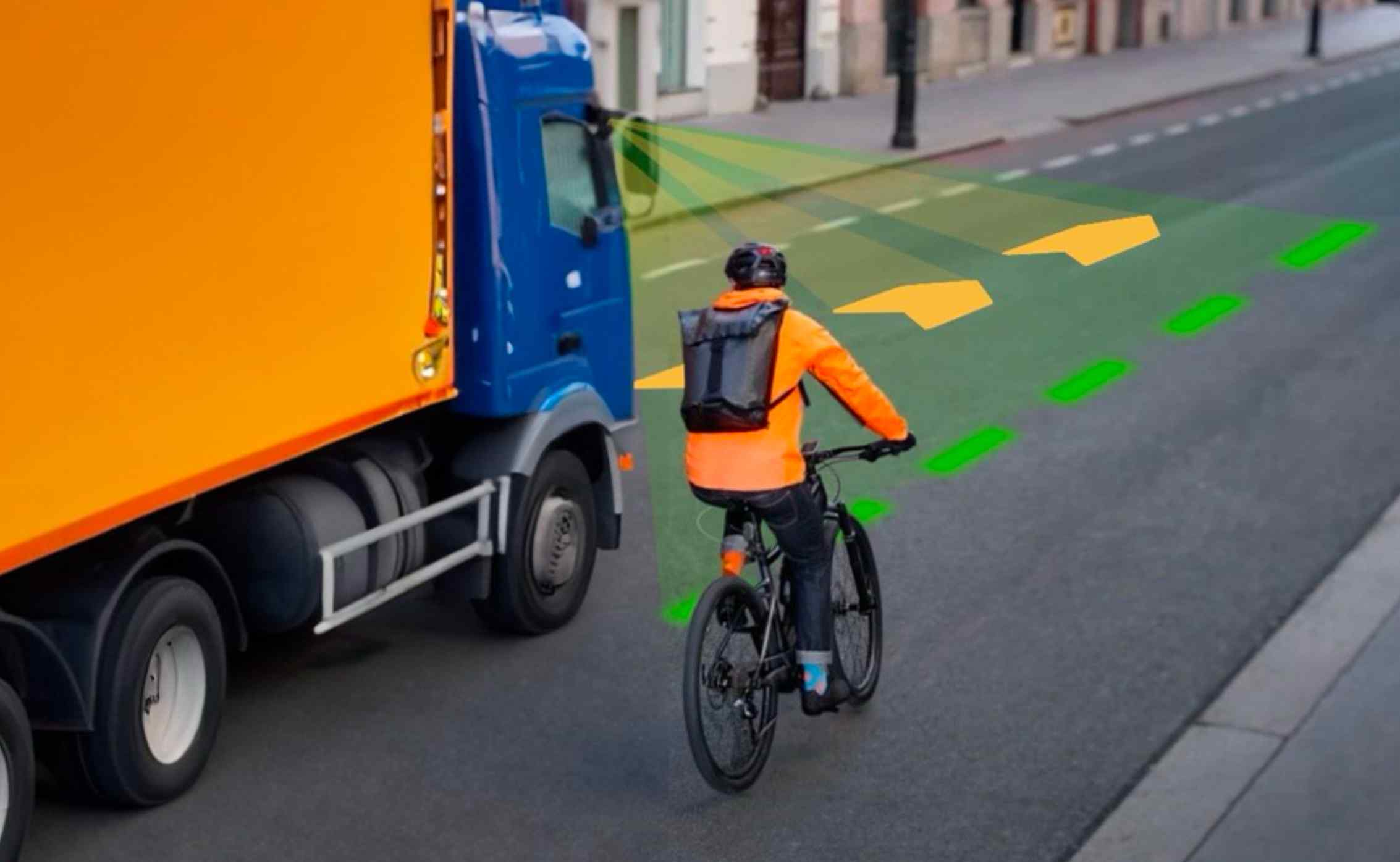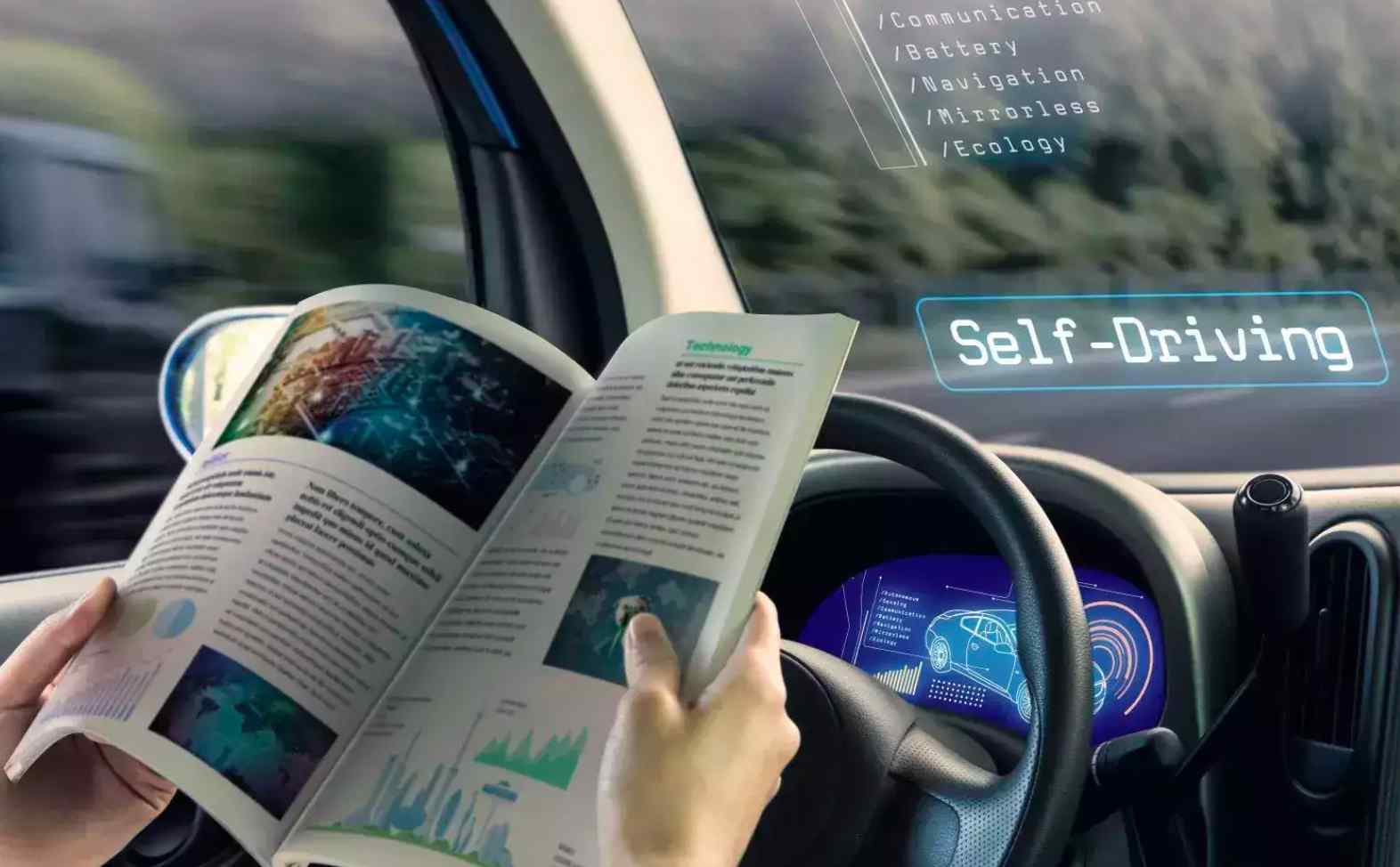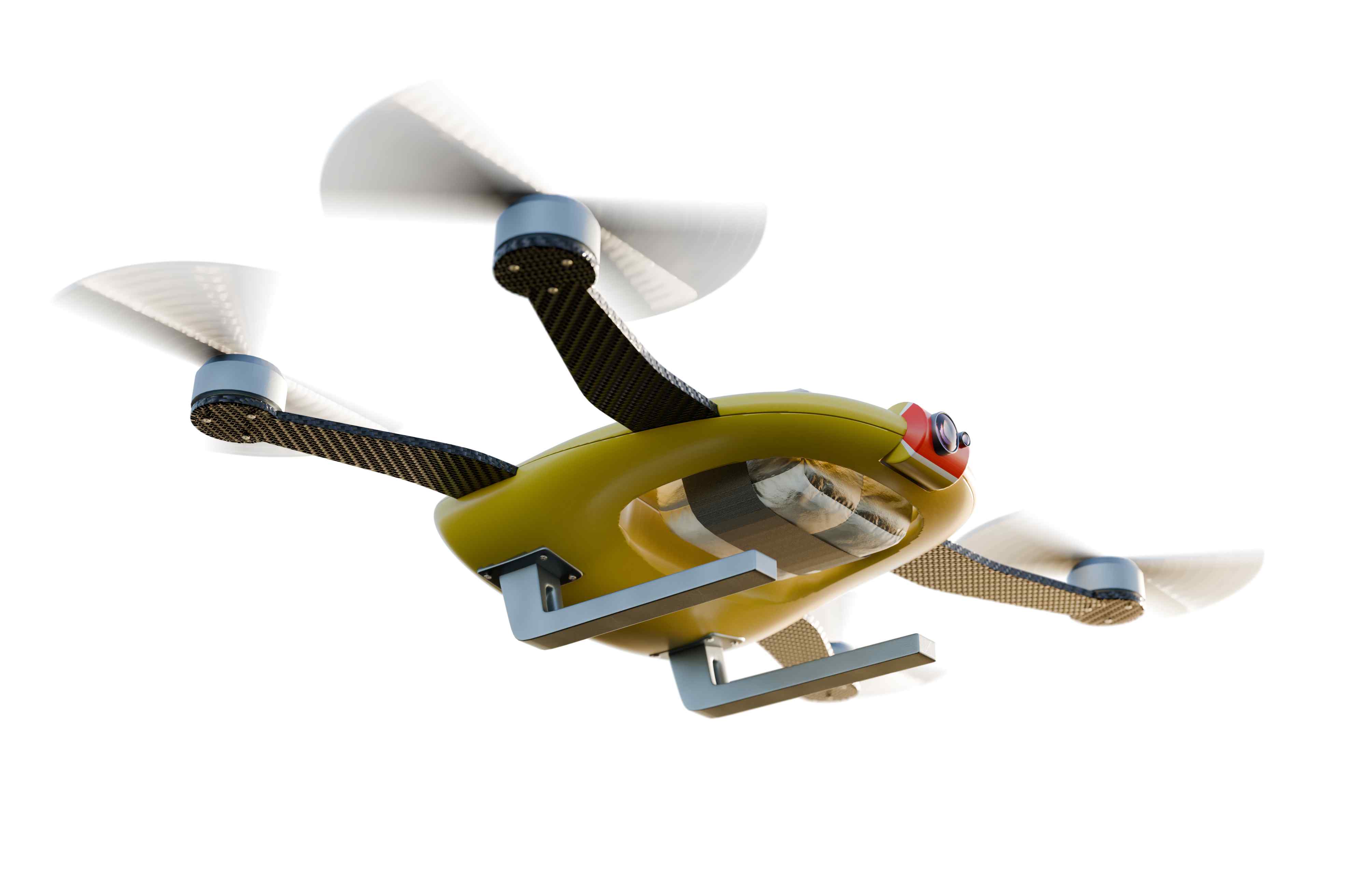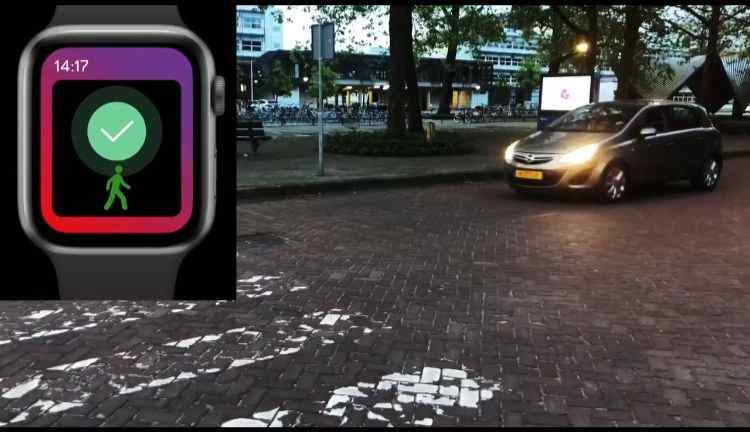Slideo
Jochem Verstegen (2023) coached by Pavlo Bazilinskyy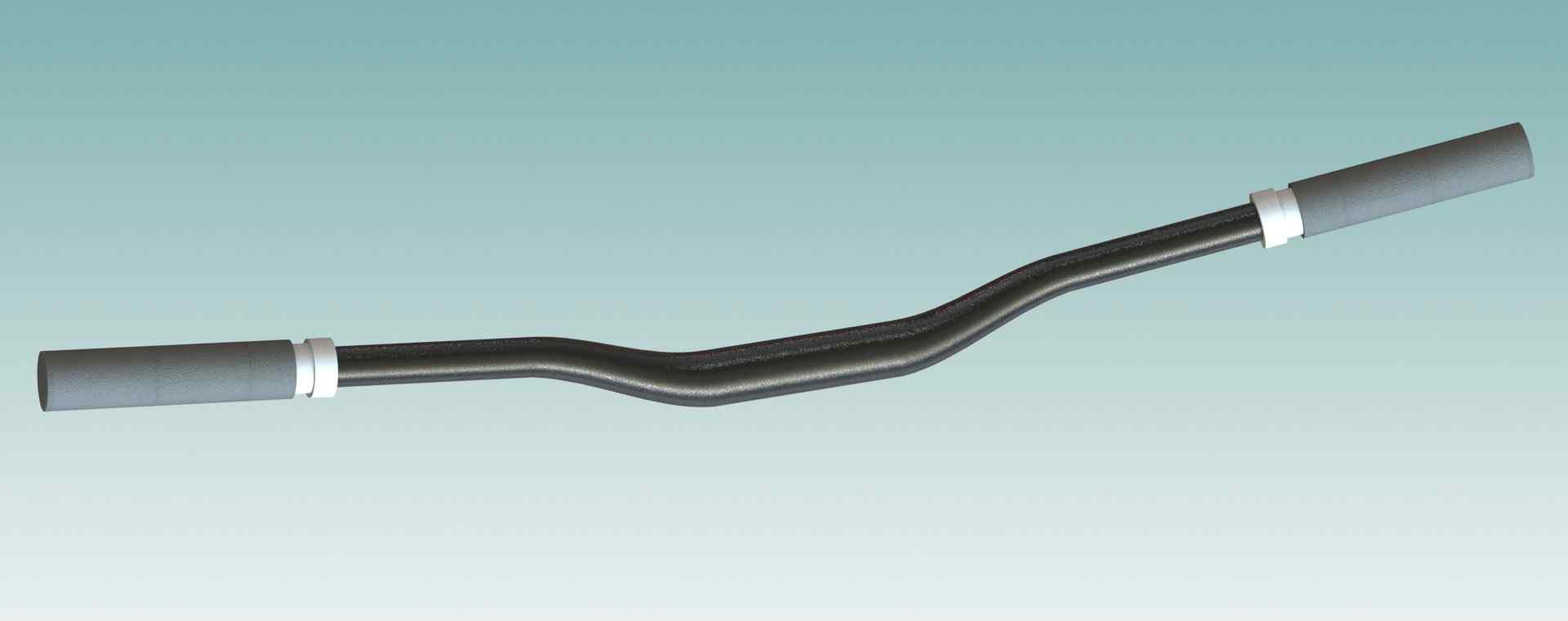
Description
The automated vehicles (AVs) of the future will most likely be connected in a network, sharing all kinds of different information like their route, road conditions, and positions of vulnerable road users (VRUs) like pedestrians and cyclists. Bicycles should be a part of this network too. Not just for better safety, but to also have the advantage of less stopping in traffic and a more comfortable commute.
Multiple options for an interaction using the handle were attempted in an exploratory prototype, but ultimately the sliding motion had the most potential. Many different kind of handles exist, and the fingers can be positioned differently depending on the brakes, gear switcher, and any other buttons. The sliding motion does not require any specific fingers and can be performed as long as you have enough grip on the handle.
When you want to make a turn, you simply slide the handle in the direction you want to turn. With built-in networking technology, this intention will be communicated to the network of AVs around you. Using haptic feedback (vibrations), you will be aware of this communication happening and receive a confirmation when the AVs are giving you room.
Its value comes from the fact that AVs are able to work together to give you the space you need to cross, without having to come to a full stop. Regular commuters might value this product, because using it they would spend less time waiting in traffic. Therefore, cycling can become both more efficient and more comfortable.
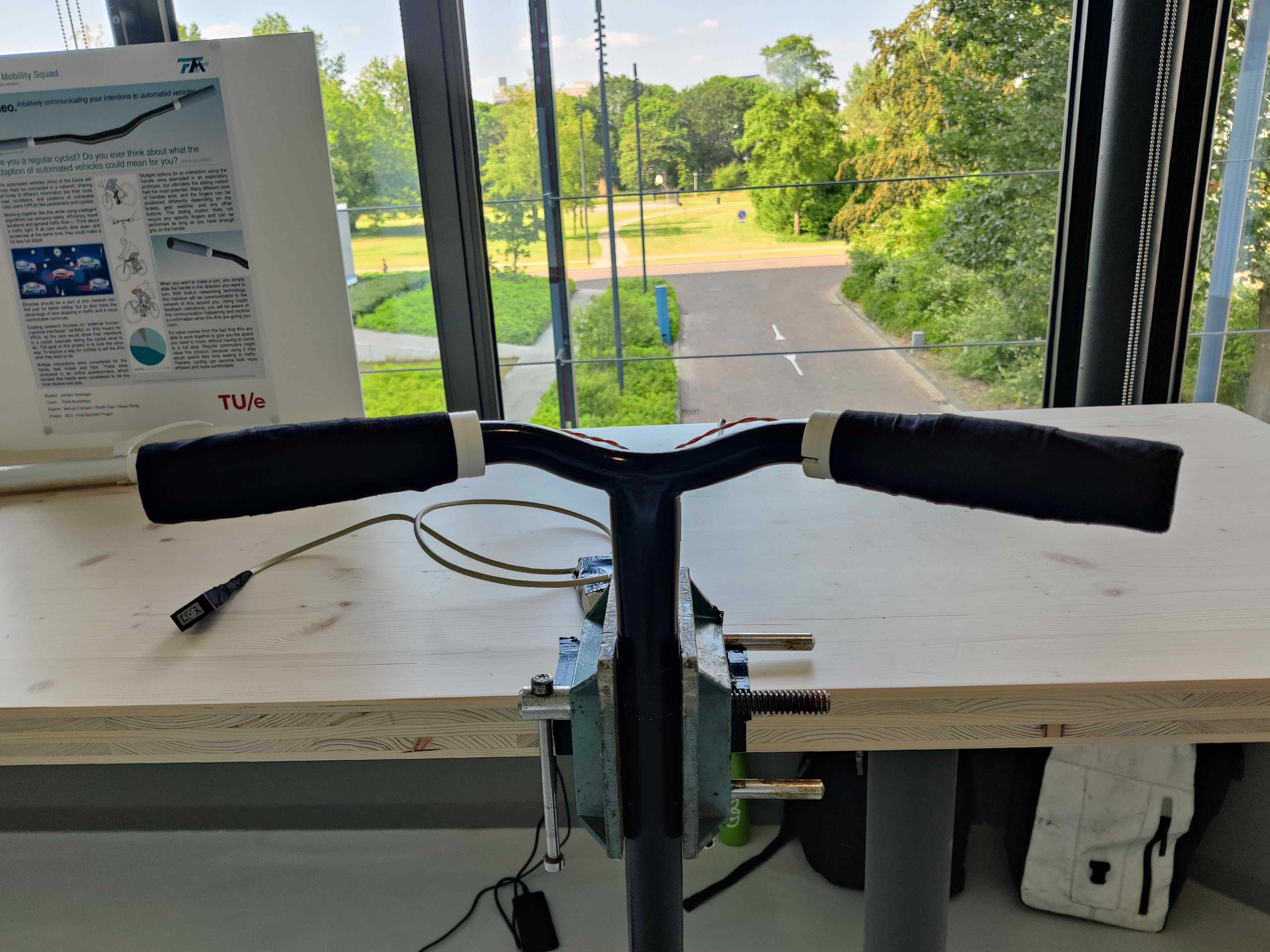
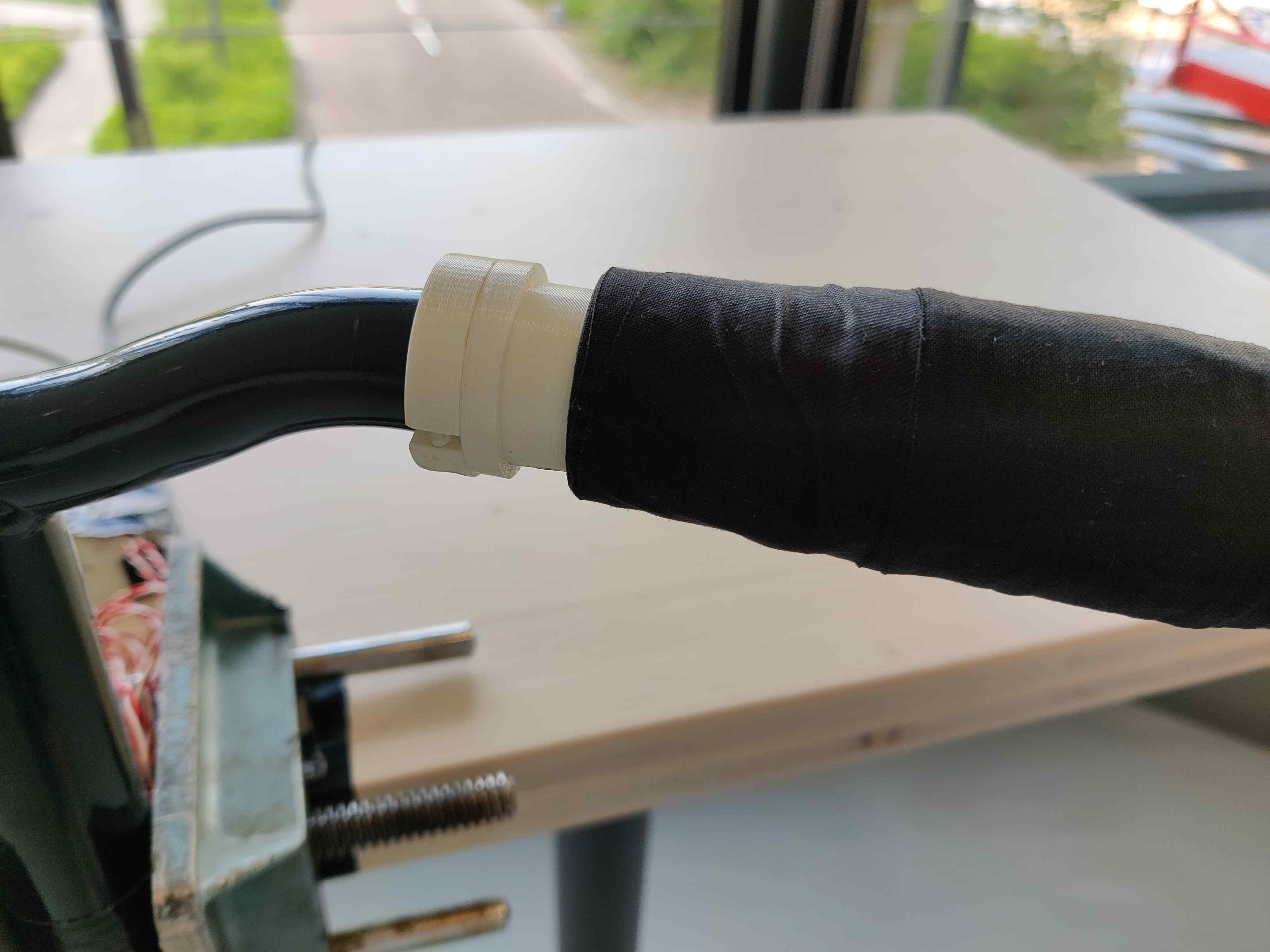
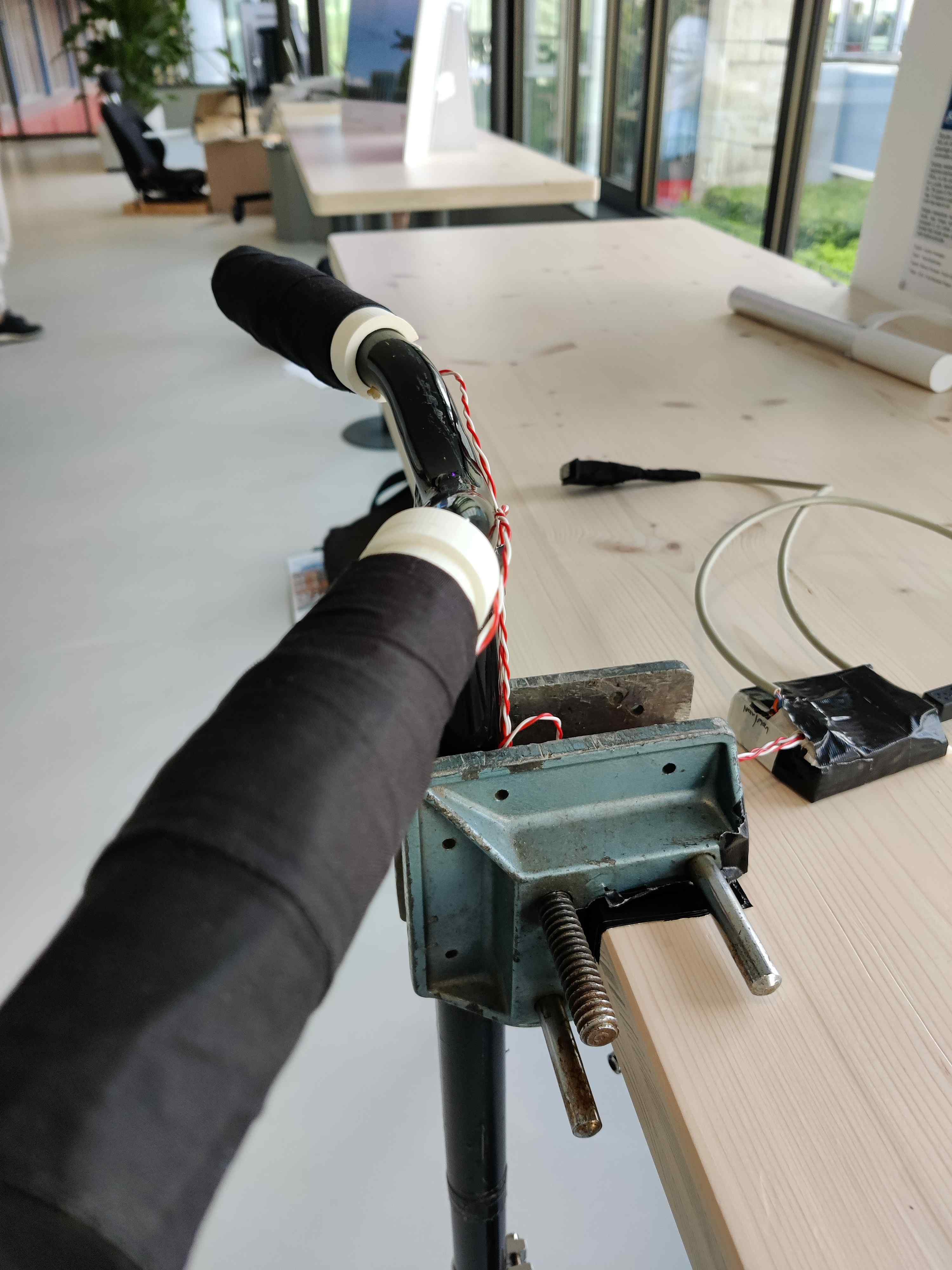
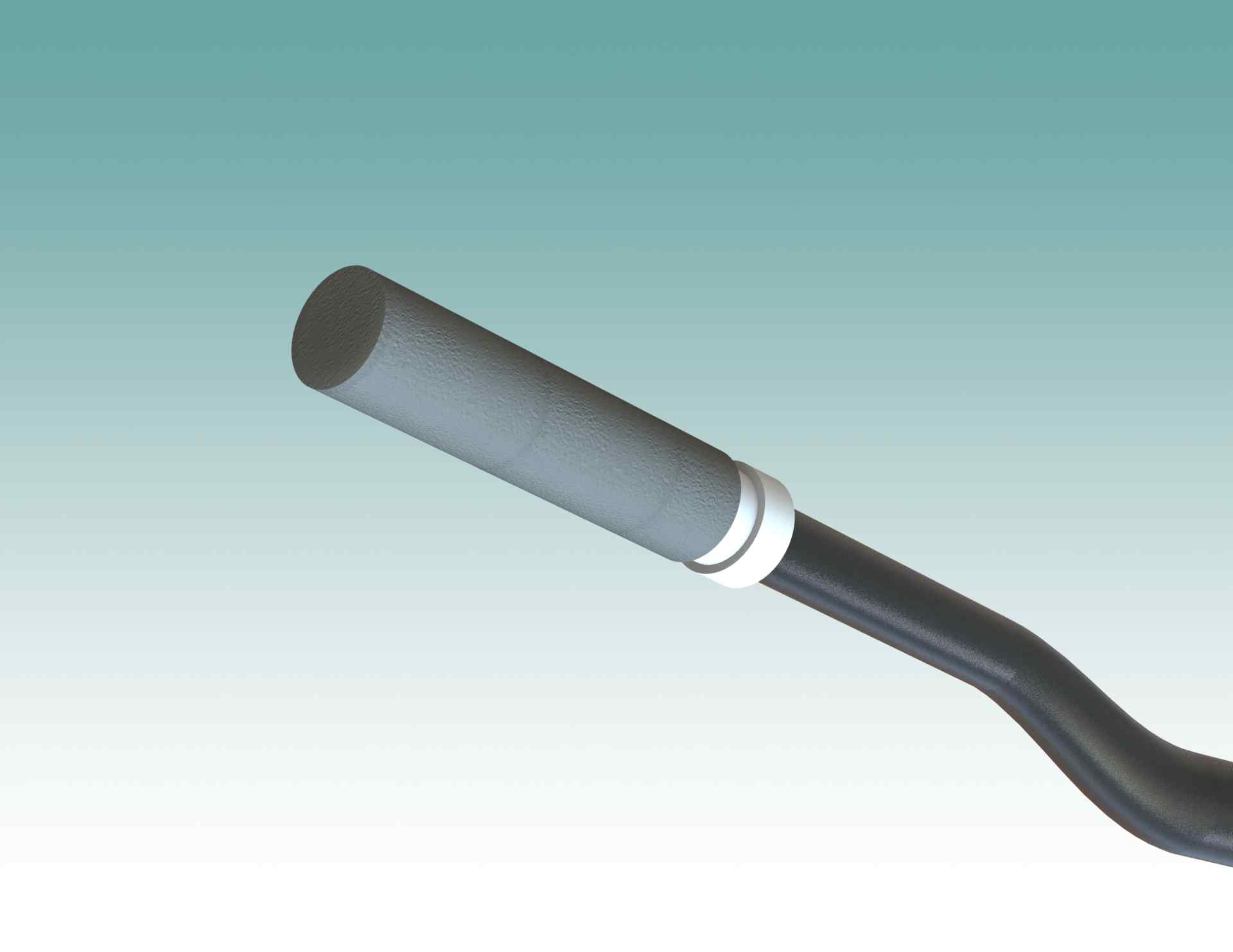
Video
Publication
Project resulted in the publication:
Verstegen, J., & Bazilinskyy, P. (2024). Slideo: Bicycle-to-Vehicle Communication to Intuitively Share Intention to Turn with Automated Vehicles. In 15th International Conference on Applied Human Factors and Ergonomics (AHFE 2024). https://www.researchgate.net/publication/378830541_Slideo_Bicycle-to-vehicle_communication_to_intuitively_share_intention_to_turn_with_automated_vehicles.

